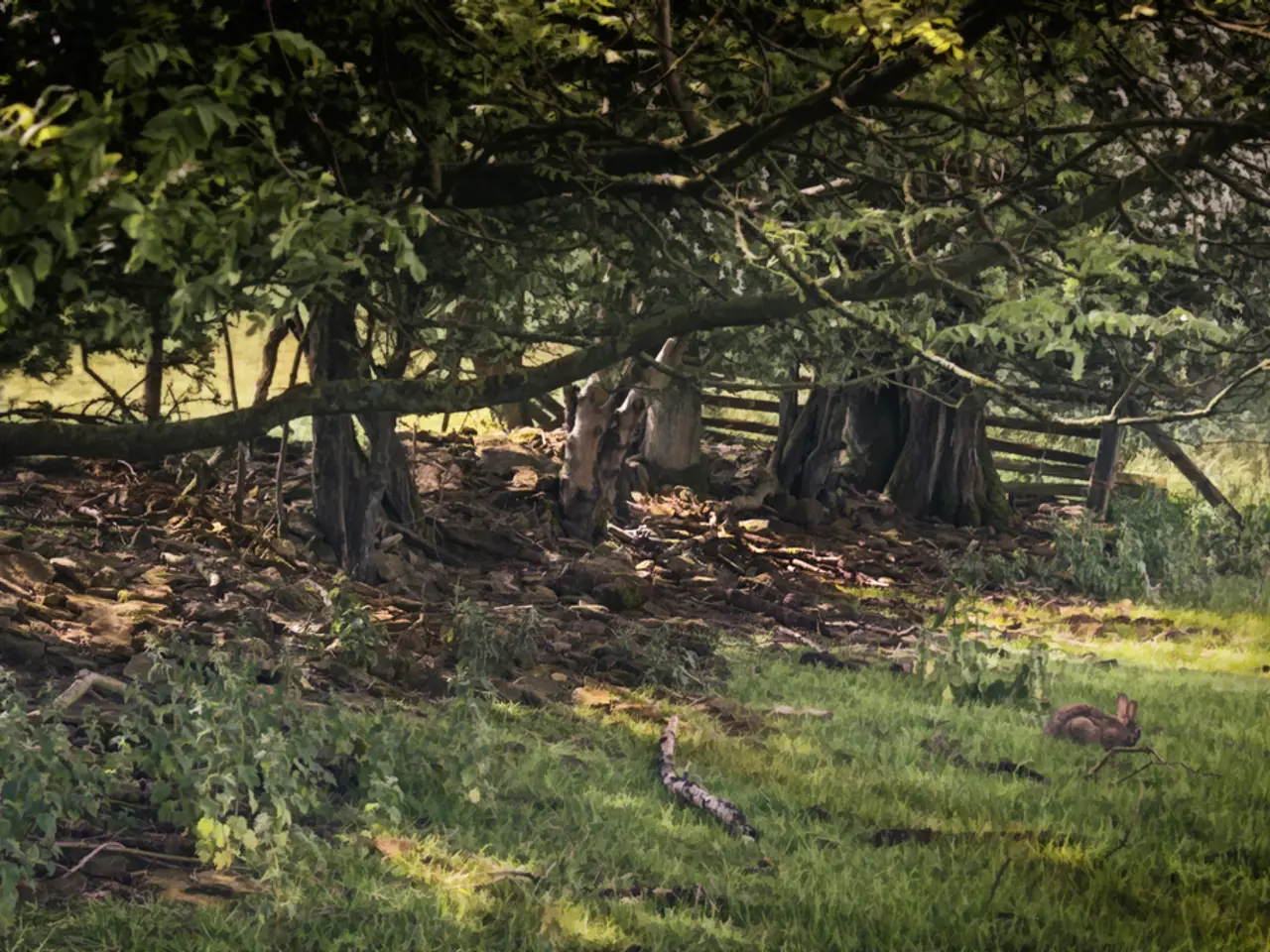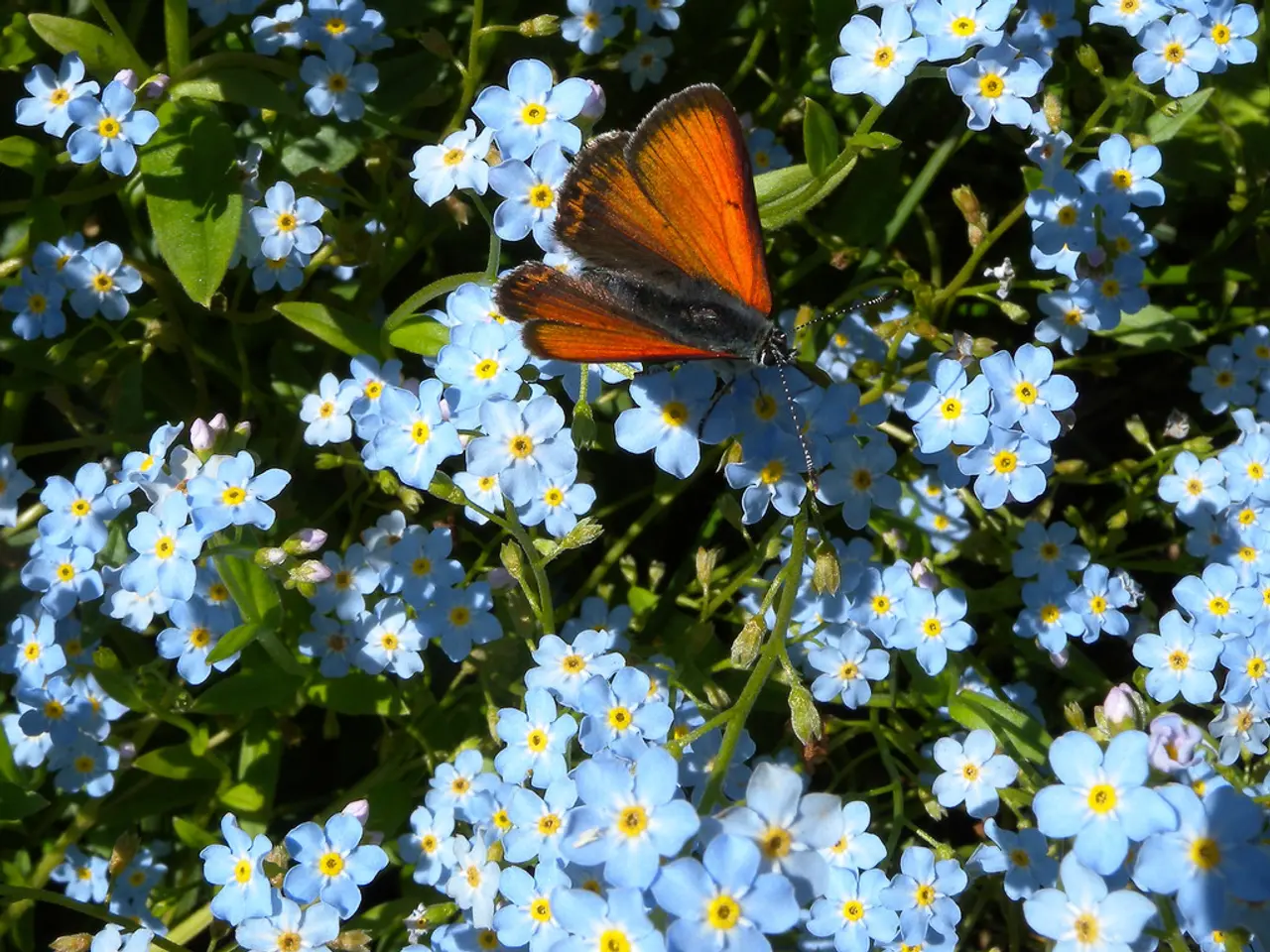Planting Hostas in Ohio: Optimal Seasons and Guidelines
In the realm of gardening, few plants are as beloved as hostas. With their lush foliage and delicate flowers, these shade-loving perennials add a touch of elegance to any garden. Here's a guide to help you cultivate a thriving hosta garden.
**Planting Time and Location**
The best time to plant hostas is either in early spring as new growth begins or in early fall to allow the roots to establish before winter. Hostas generally prefer partial to full shade, although some yellow and gold varieties can tolerate more morning sun. Most blue-leaved varieties do best in dappled shade, as too much sun or too much shade will affect foliage colour.
**Soil Requirements**
Hostas thrive in rich, moisture-retentive, well-draining soil with plenty of organic matter. Dig a hole twice as wide as the root ball and as deep, planting the crown level with or slightly above the soil surface.
**Watering and Mulching**
Hostas require consistent moisture, especially during dry spells and their establishment year. Water deeply once or twice a week in hot weather to keep soil evenly moist, but avoid waterlogging. Water early in the morning to allow foliage to dry and reduce fungal risks. Apply a layer of mulch such as coarse bark or leaf mold to retain soil moisture, suppress weeds, and protect roots. Mulching also helps deter slugs by creating a dry surface that is less hospitable to them.
**Fertilization**
If soil is rich in organic matter, fertilization may be minimal. Still, a balanced slow-release granular fertilizer with an N-P-K ratio like 10-10-10 applied in early spring as growth begins supports healthy foliage development. Avoid late-season fertilization to prevent tender growth susceptible to frost damage.
**Pest Management**
Slugs and snails are primary pests. Using coarse mulch, watering during the day, and manual slug removal help control them. Deer can also damage hostas; physical barriers or repellents are recommended for protection.
**Pruning**
After flowering, cut back spent flower stems in spring or early summer to tidy the plant and redirect energy to foliage. Remove yellowing or damaged leaves during the growing season to maintain appearance and plant health. In fall, allow foliage to die back naturally, then clean up dead leaves before winter.
**Propagation**
Hostas are commonly propagated by division every few years in early spring or fall when the clumps become overcrowded. Dig up the plant and separate it into sections, each with roots and shoots to replant.
By following these practices, you will foster robust, attractive hosta plants that enhance shade gardens with lush foliage and delicate flowers while supporting local pollinators. Regularly checking and maintaining hosta plants helps catch problems early, ensuring a healthy and vibrant hosta garden.
Incorporating hostas into your home-and-garden could enhance your lifestyle by adding a touch of elegance to your garden's shade areas. Before planning a hosta garden, consider the planting time and location, soil requirements, watering and mulching, fertilization, pest management, pruning, and propagation methods as essential factors for their growth and development.




